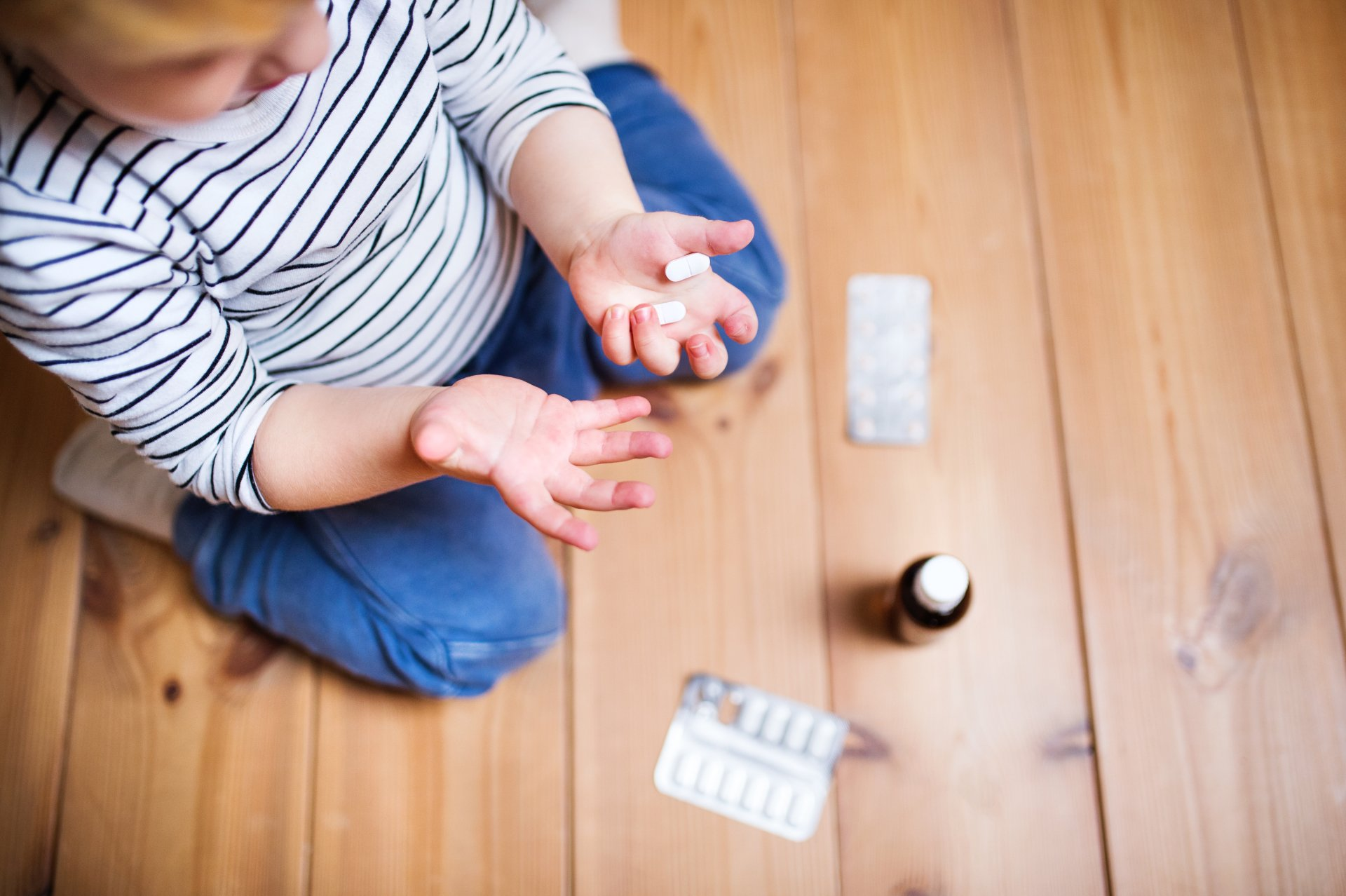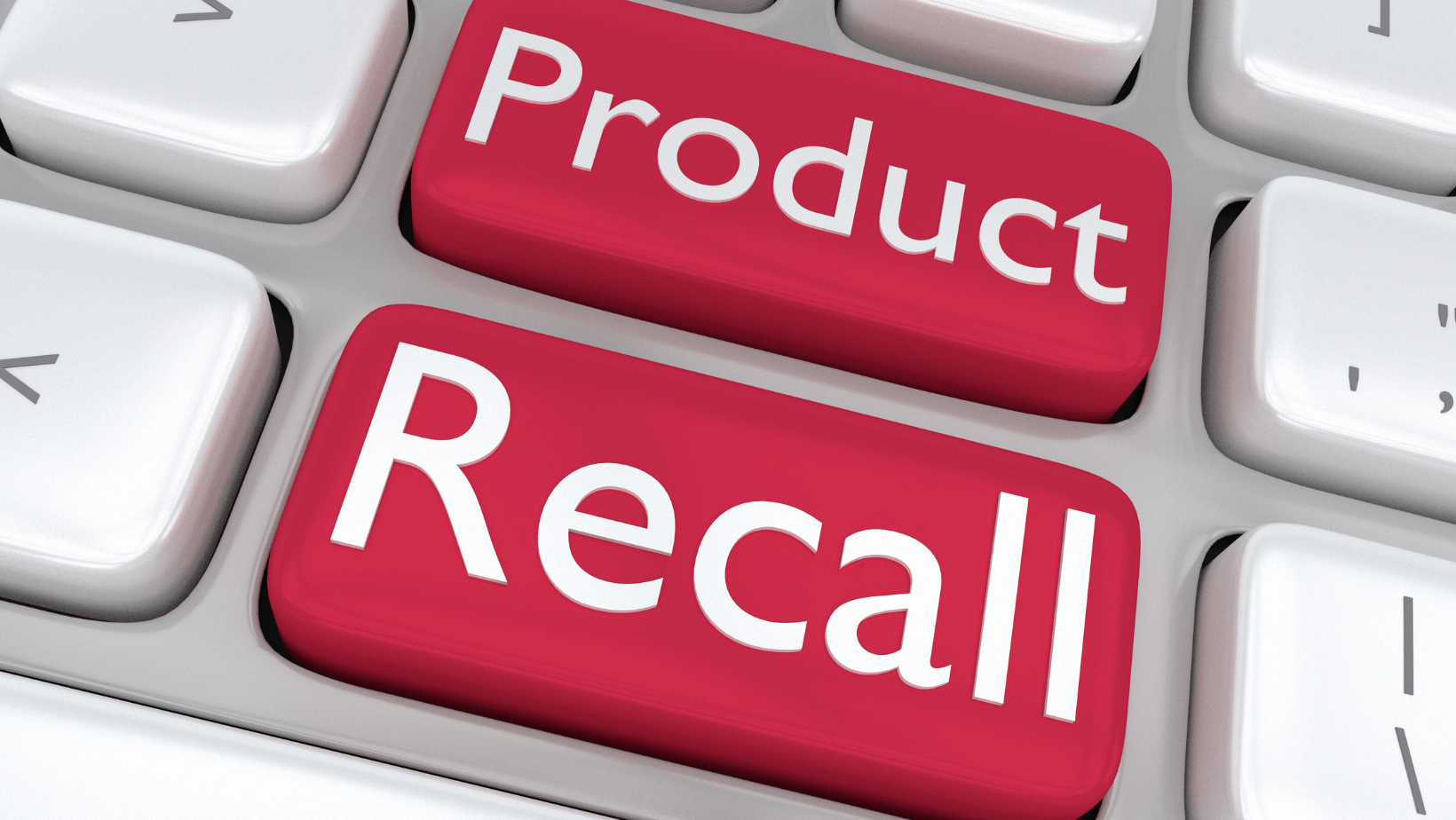CHILD SAFETY AND PROTECTION INFORMATION
SAFETY TIPS FOR YOUR HOME
Here is a great resource for tips on protecting your children and grandchildren from accidental poisoning, choking, burns, and other household hazards. It's a reminder of how quickly a child's ability to access potentially harmful situations changes and the need to always be one step ahead! #childsafety #childsafetyandprotectionmonth https://www.safekids.org/safetytips
BUTTON/COIN BATTERIES
Important Reminder Regarding the Potential Hazards to Children from Ingestion of Button/Coin Batteries. Call the National Battery Ingestion Hotline at 800-498-8666 immediately if a battery is swallowed or placed in the ear or nose. Prompt action is critical. Every year in the United States, more than 3,500 people of all ages swallow button batteries. These batteries are used to power hearing aids, toys, greeting cards, candles, remote controls, and many other items. Never leave batteries sitting out and always store spare batteries out of sight and reach of young children. #ReesesLaw #childsafety #buttonbatterysafety
CAR SEAT SAFETY
Car Seat Safety is so important and is needed much longer than you think! Learn more at https://www.healthychildren.org/.../Car-Safety-Seats... #childsafety #carseatsafety
SMOKE DETECTORS
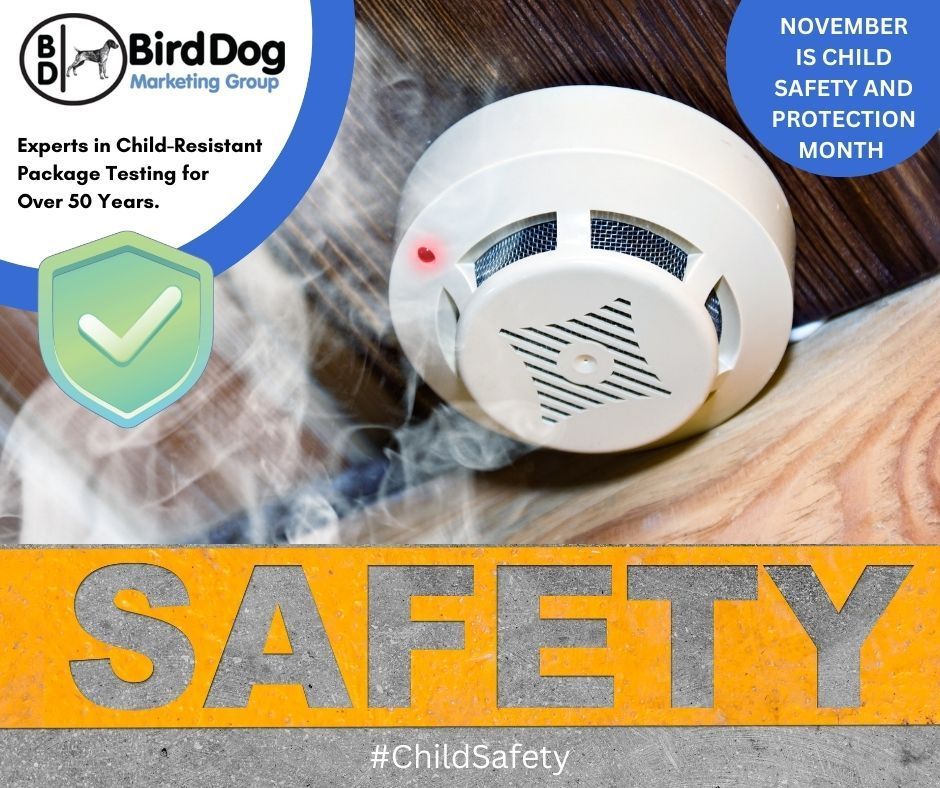
Smoke Detectors Save Lives! Replace batteries in your smoke alarms at least once a year and test them monthly by pushing the test button. Ensure everyone knows two ways to escape every room in the house and where to meet outside in the event of a fire. Practice your fire escape plan and emphasize "get out, stay out". #childsafety #ChildSafetyAndProtectionMonth #SmokeAlarmsSaveLives
CARBON MONOXIDE DETECTORS Title
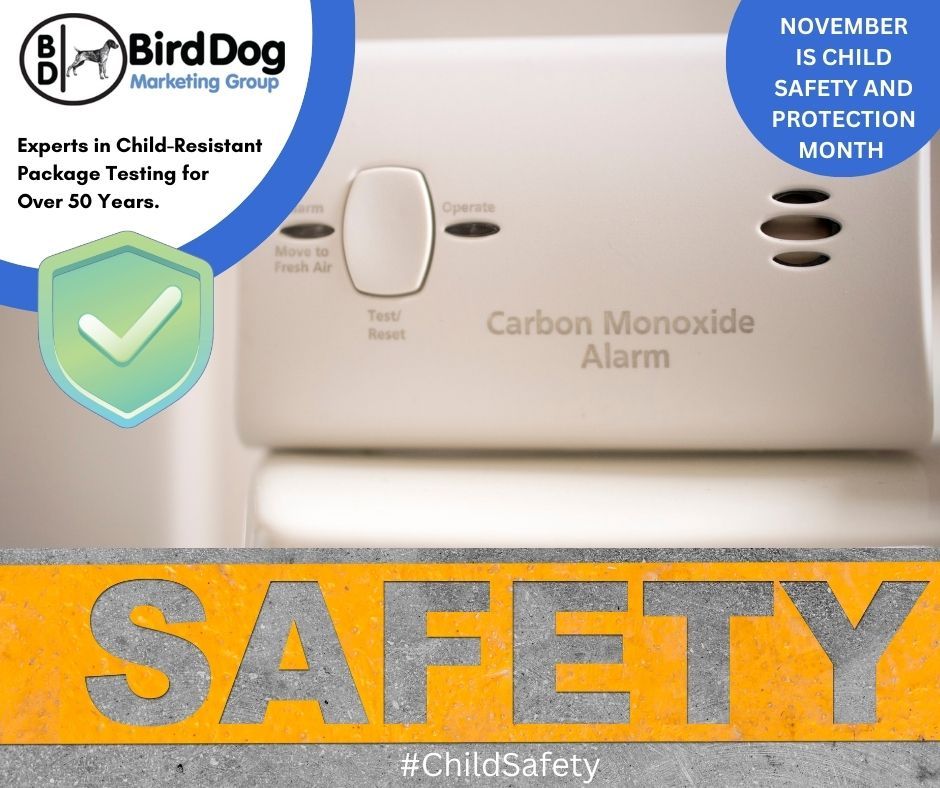
Keep your family SAFE by installing Carbon Monoxide Detectors in your home. Carbon Monoxide, or "CO," is an odorless, colorless gas that can kill you. CO is found in fumes produced whenever you burn fuel in cars or trucks, small engines, stoves, lanterns, grills, fireplaces, gas ranges, or furnaces. In rare instances, it can occur due to explosives being used for rock-blasting operations. Don't hesitate to exit the home and seek prompt medical attention if you are feeling dizzy, light-headed, experiencing a severe headache, or nausea if you suspect CO poisoning. https://www.cdc.gov/co/faqs.htm #childsafety #GetACarbonMonoxideAlarm
TIPS FOR NEW GRANDPARENTS
CONGRATULATIONS to all the new grandparents out there...this message is for you! A lot has changed since your children were born and you need to know what will keep your grandchildren safe! No blankets or pillows in the crib - save the homemade blanket for rocking chair snuggles! You can learn more at https://www.aap.org/.../american-academy-of-pediatrics.../ #infantsafety #itsgreattobeagrandparent
WATER SAFETYY
Water Safety is so important, and it involves bathtubs, boating, pools, and even buckets of water! Never leave a child unattended around water. #childsafety #watersafety https://www.safekids.org/watersafety
HOLIDAY SAFETY REMINDERS
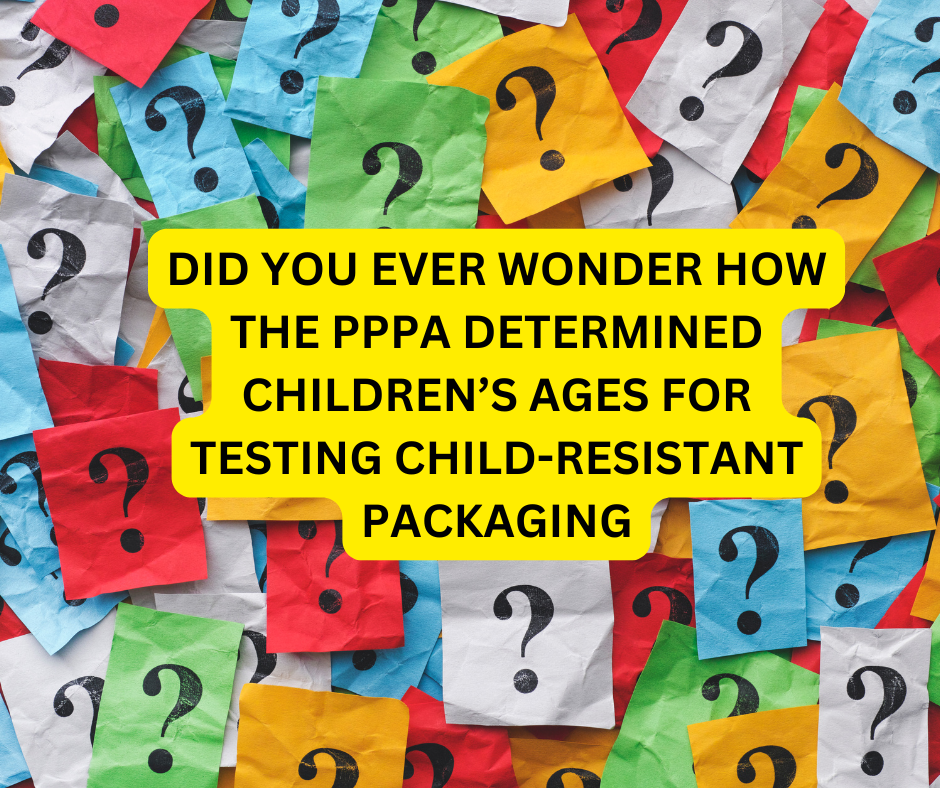
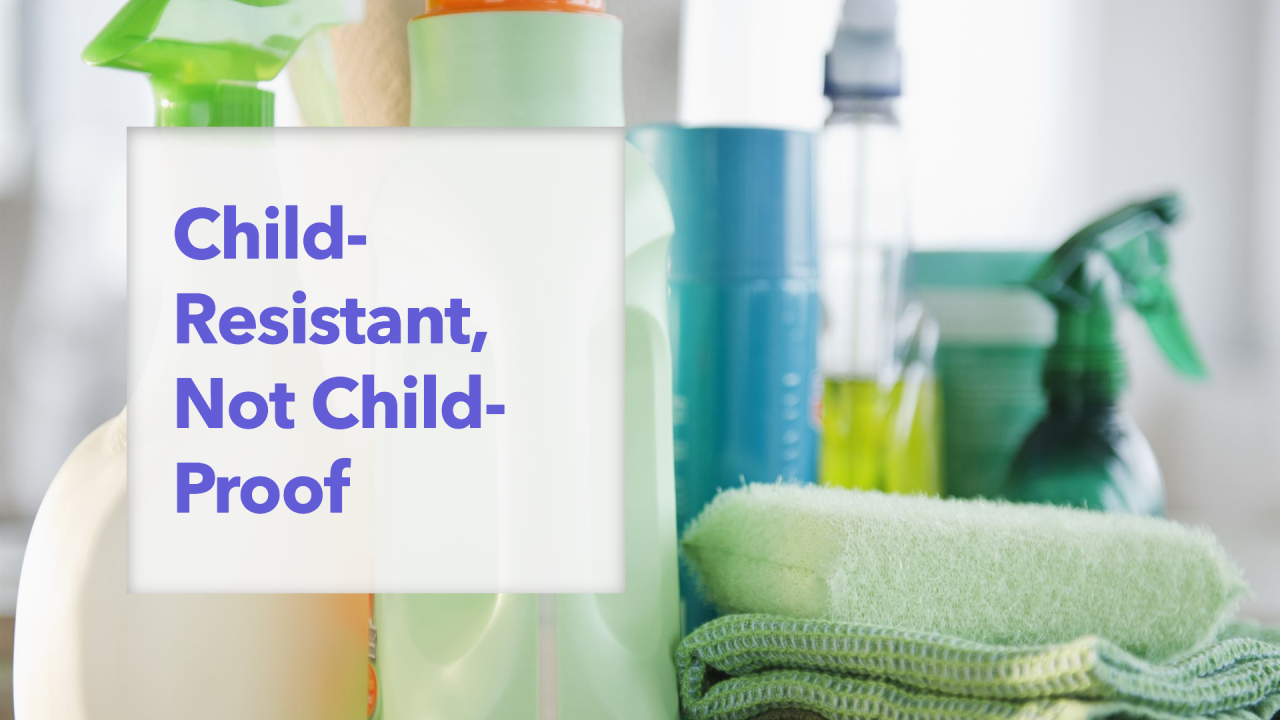
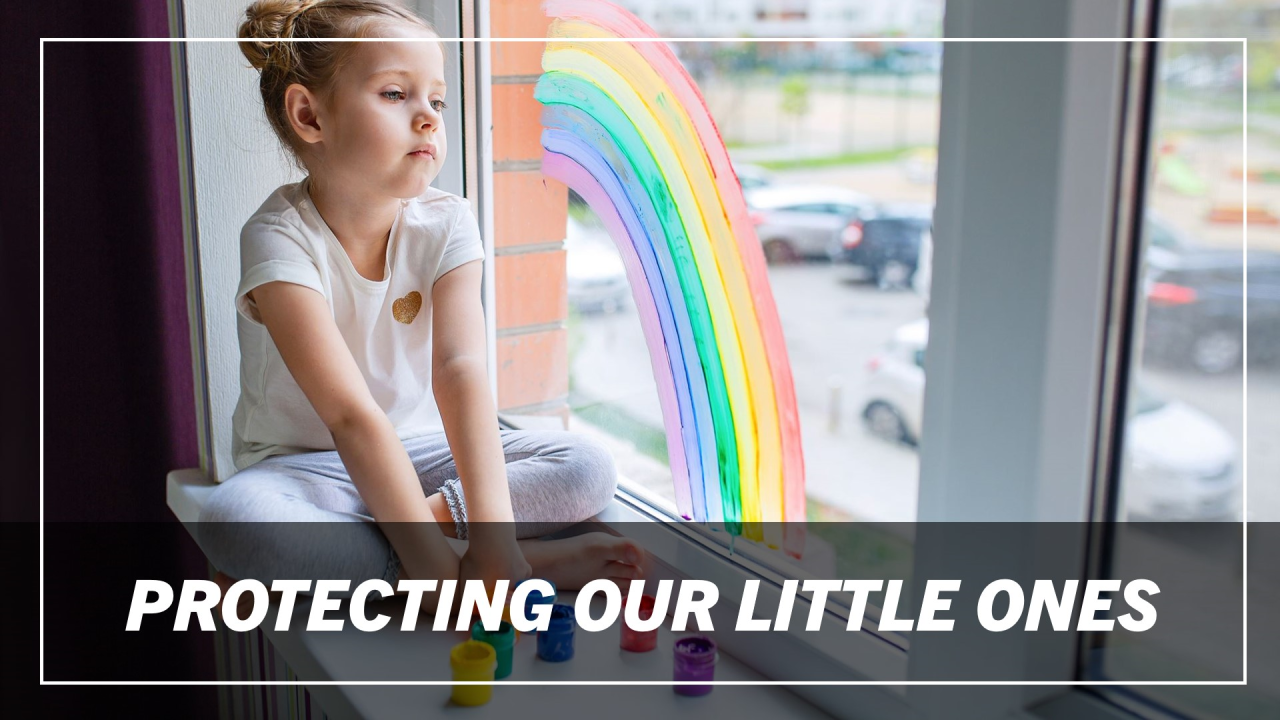
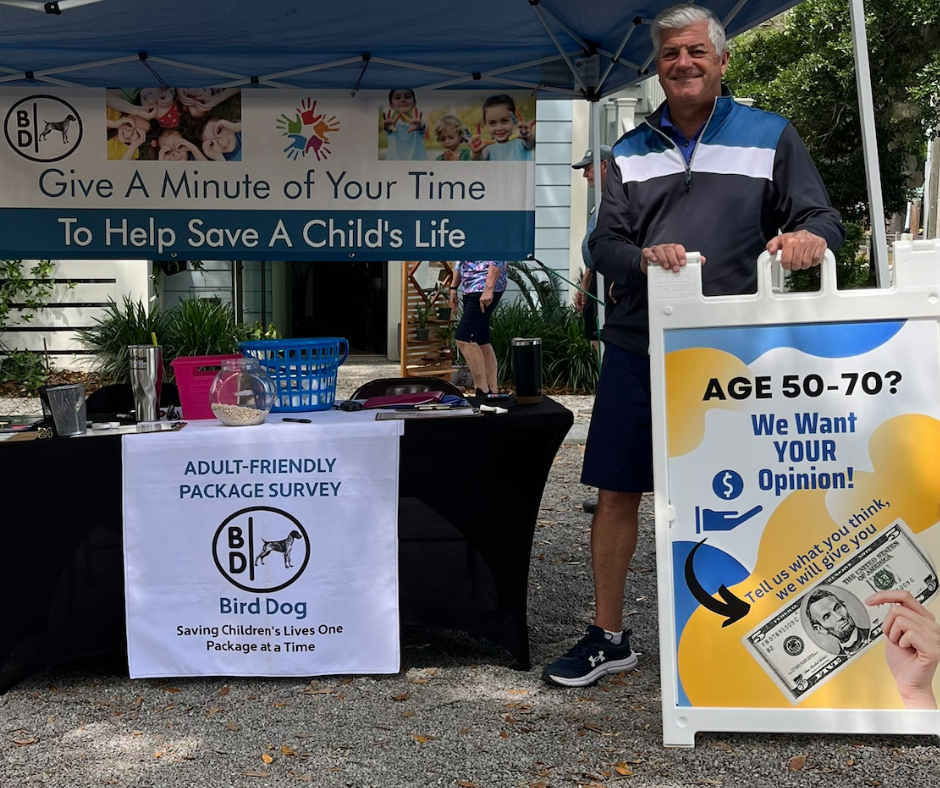


Contact us
Contact Us
We will get back to you as soon as possible.
Please try again later.
MAILING ADDRESS
166 Farmington Lane
Lancaster, PA 17601
PRINCIPALS' PHONE NUMBER
David S. Hipple
717-475-9751
dhipple@birddogmarketinggroup.com
Mark D. Perkins
717-615-9022
mperkins@birddogmarketinggroup.com
All Rights Reserved | BirdDog Marketing


